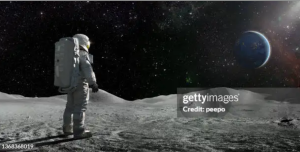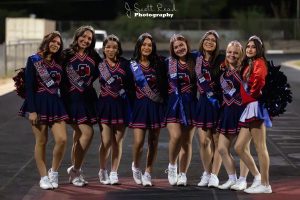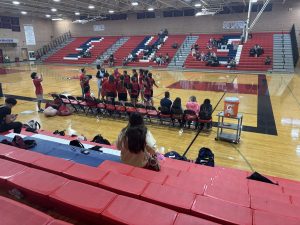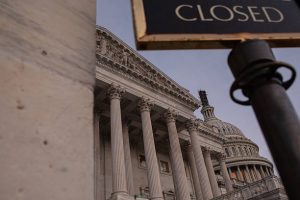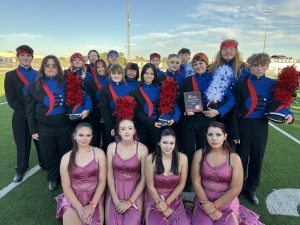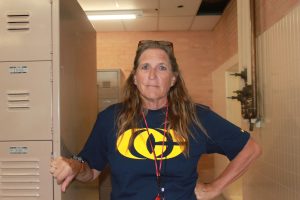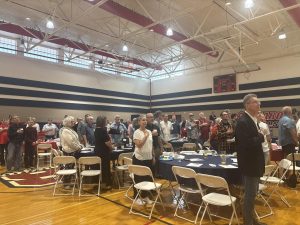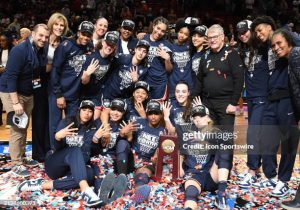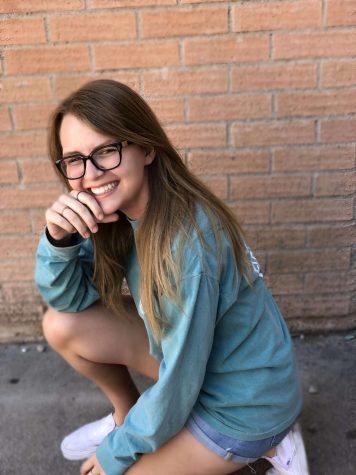So How Did Halloween Become a Thing?
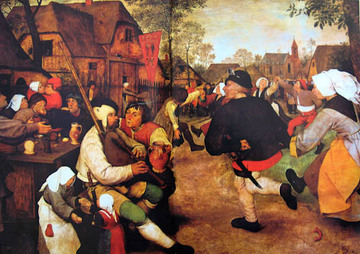
October 18, 2019
The roots of Halloween date back to the ancient Celtic holiday of Samhain. The Celts, who lived in the area of Ireland, the United Kingdom, and northern France 2,000 years ago, celebrated their new year on November 1. This day marked the end of summer and the harvest and the beginning of the dark, cold winter, a time of year that was often associated with human death.
Celts claimed that the line between the realms of the living and the dead had crossed the night before the New Year. Samhain was celebrated on the night of October 31 when it was believed that the ghosts of the dead had returned to Earth. To commemorate the event, Druids built huge sacred bonfires, where people gathered to burn crops and animals as sacrifices to Celtic gods. During the celebration, the Celts wore costumes, usually made up of animal heads and skins, and tried to tell each other about their fortunes.
Around 43 A.D., most of the Celtic land had been invaded by the Roman Empire. Two events of Roman heritage were paired with Samhain’s typical Celtic celebration over the 400 years that they governed the Celtic territories.
By the 9th century, Christianity’s influence had extended to Celtic countries, where it slowly blended with traditional Pagan practices and displaced them. On November 2, 1000, A.D. All Saints Day was created by the church as a day to honor the dead. It is widely believed today that the church is trying to replace a similar, non-sanctioned celebration with the Celtic festival of the dead.
Similar to Samhain, All Saints Day was observed with large bonfires, parades, and masks as saints, demons, and spirits. The All Saints Day holiday was also dubbed All-Hallows or All-Hallowmas (from the Middle English Alholowmesse meaning All Saints Day) and it started to be named All-Hallows Eve and finally Halloween, the annual night of Samhain in the Celtic faith.
Later, when the celebration moved to America, it was extremely limited in colonial New England because of rigid Protestant belief systems there. Halloween was much more common in liberal Maryland and the southern colonies.
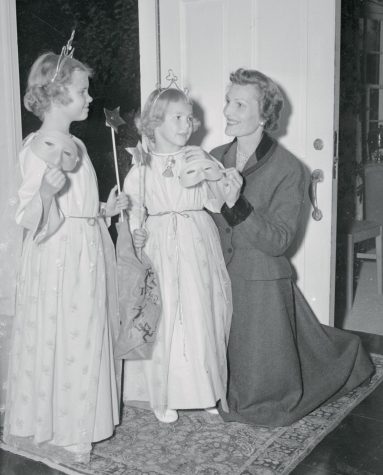
As different ethical groups and cultures’ beliefs and customs in the new country meshed to create a distinctly American version of Halloween, “play parties,” which were public events held to celebrate the harvest, included the first celebrations. Neighbors would swap the memories of the deceased, tell the fate of each other, dance and sing.
Colonial Halloween celebrations also included ghost stories and all manner of troublemaking. Annual autumn festivities were common by the mid-nineteenth century, but Halloween had not yet been celebrated everywhere in the country.
America was flooded with new immigrants in the second half of the 19th century. Such new immigrants, especially the millions of Irish who escaped the Irish Potato Famine, helped the nationwide popularization of the Halloween holiday. Over time the traditions of Halloween in America that we know and love come into focus.

